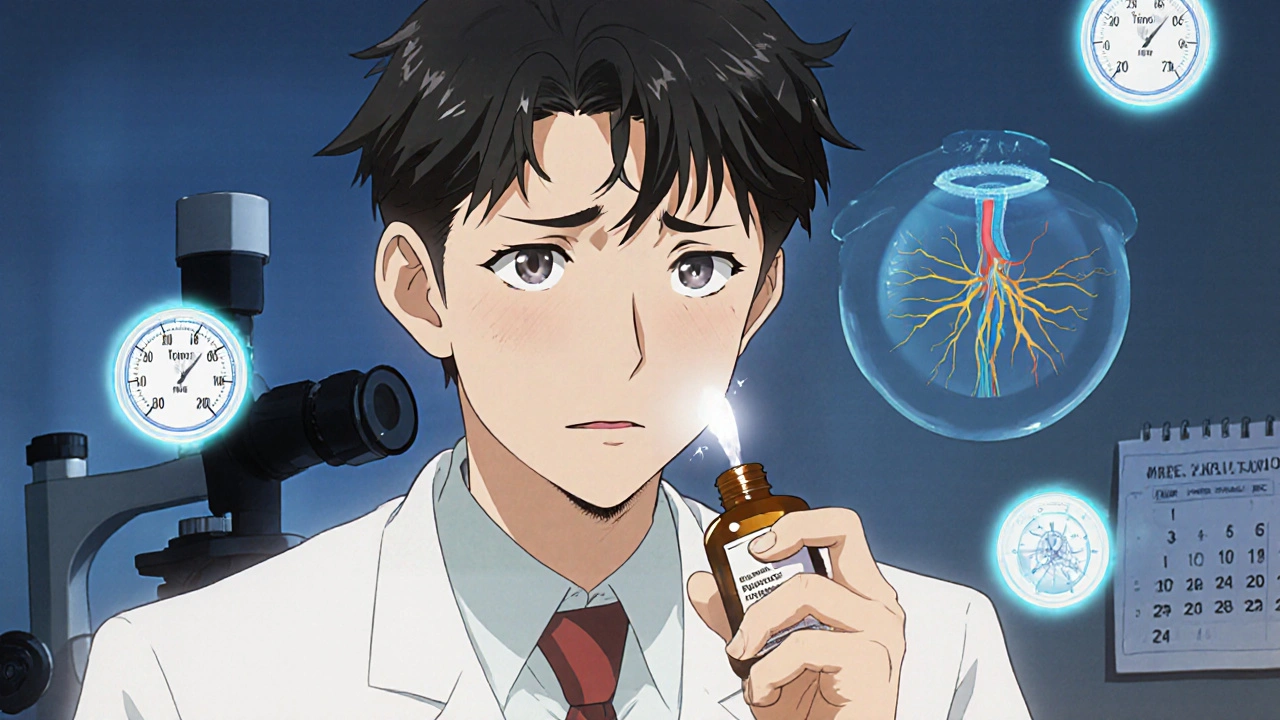Cataracts from Eye Drops: Can Medications Cause Cloudy Vision?
When you use steroid eye drops, corticosteroid medications applied directly to the eye to reduce inflammation for conditions like uveitis or allergies, you might not think about long-term eye damage. But over time, these drops can contribute to the development of cataracts, a clouding of the eye’s natural lens that leads to blurry or dim vision. It’s not common, but it’s real—and it’s something people using these drops for months or years need to know. Glaucoma eye drops, medications used to lower intraocular pressure are less directly linked, but some types, especially those with preservatives or long-term use, can still stress the lens over time. The connection isn’t always obvious, because cataracts usually develop slowly with age, but studies show that chronic steroid use can speed up the process by altering the lens’s protein structure.
Not all eye drops cause this. Antibiotic or antihistamine drops rarely pose a risk. But if you’ve been on steroid eye drops for more than a few months—say, for chronic dry eye, post-surgery recovery, or autoimmune eye disease—you’re in a higher-risk group. The longer you use them, and the higher the dose, the greater the chance. Some people develop cataracts even after using low-dose drops for over a year. It’s not guaranteed, but it’s a known side effect that doctors don’t always mention upfront. Your lens doesn’t heal the way skin or bone does, so once the proteins start clumping, the clouding only gets worse. That’s why regular eye exams are critical if you’re on long-term eye medication. Catching early changes means you can adjust your treatment before vision is seriously affected.
If you’re using eye drops regularly, ask your doctor: Is this the lowest effective dose? Are there non-steroid alternatives? Could I take breaks between cycles? You don’t need to stop your treatment—but you do need to understand the trade-offs. The posts below dig into real cases, medication comparisons, and how other drugs interact with eye health. You’ll find practical advice on spotting early signs of lens changes, how to talk to your eye doctor about risks, and what alternatives exist for managing inflammation without increasing cataract risk. This isn’t fear-mongering. It’s about being informed so you can protect your vision, one drop at a time.
